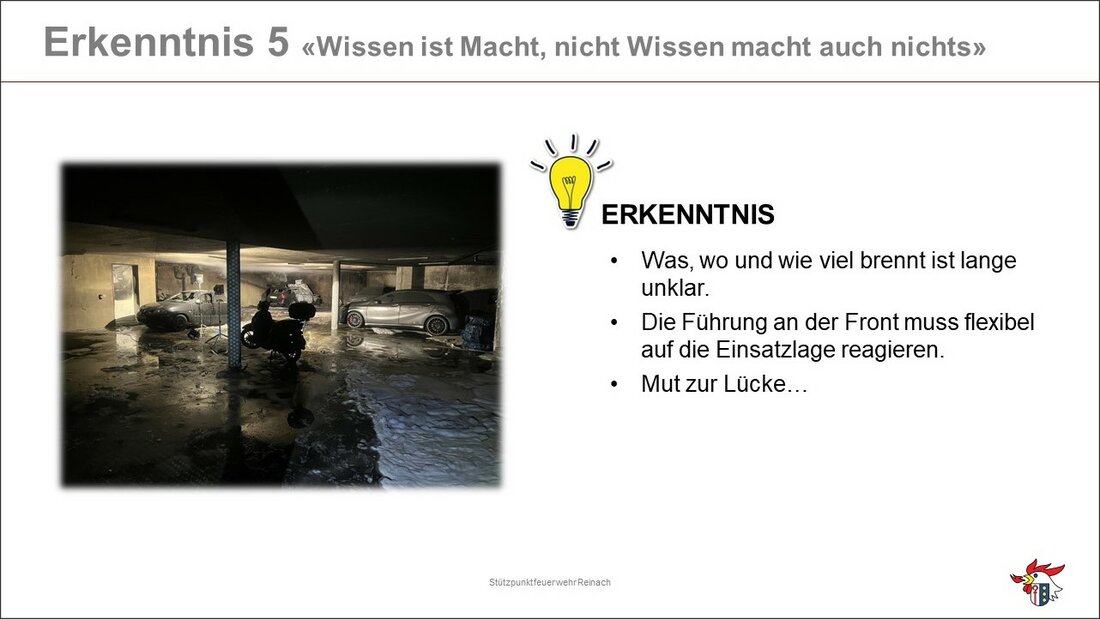Incident commander Andreas Gerber reflected on his experiences from an underground car park fire in Aesch in the canton of Basel-Landschaft (CH). In this article, we summarise his key findings.
The underground car park fire in Aesch (CH)
On 18 January 2023, a fire broke out in an underground car park in Aesch in the canton of Basel-Landschaft (CH). In the initial phase, Andreas Gerber, chief of the responsible fire service district Klus, took on the role of «Officer in the front», i.e. an officer who leads the firefighters deployed to extinguish the fire while wearing breathing apparatus. When the fire service arrived, thick black smoke billowed out of all openings in the affected underground car park beneath an apartment block. It was unclear what was burning. The access road was at the rear of the building.
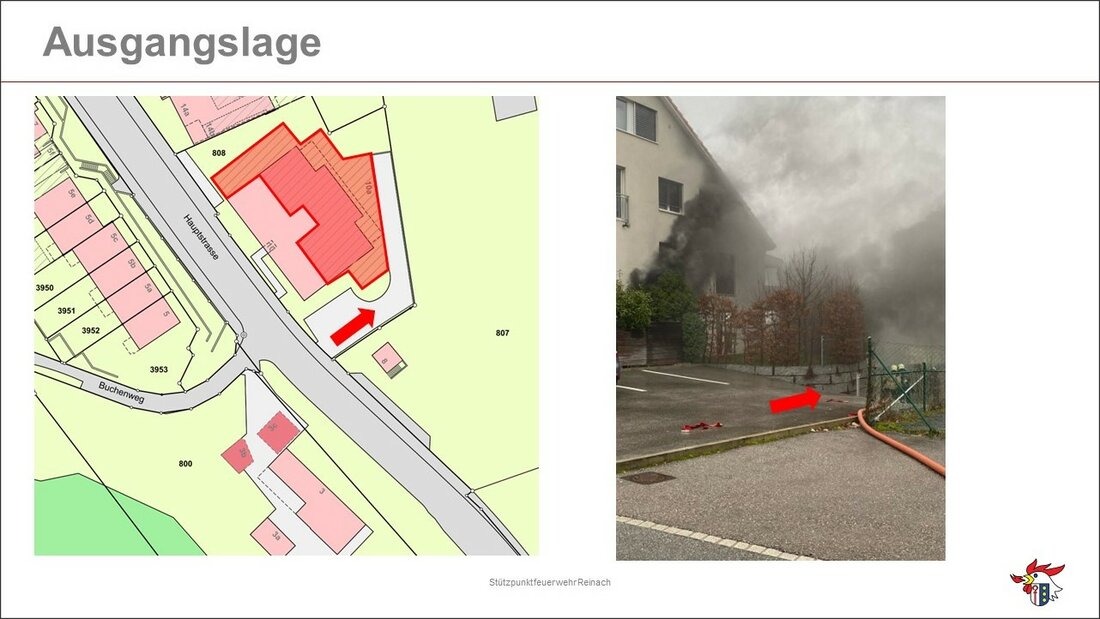
Approach: Extinguishing and smoke extraction
The first measures were: Road closure, evacuation of the residential building by the police, extinguishing attack with two lines and smoke extraction from the underground car park using a large fan, which is deployed as standard for every incident in an underground transport system in accordance with the emergency response concept of the Canton of Basel-Landschaft. «This was a success factor,» summarises Andreas Gerber,« and the use of foam has also proved successful.»

Insights from the front line for leadership and training
Andreas Gerber reflected on his experiences on the front line regarding leadership and training. Overall, the interior attack proved to be extremely difficult. «You literally couldn't see your own hand in front of your eyes.» The thermal imaging camera was covered in soot. «We knew nothing, we saw nothing, and all we heard were loud bangs.» Even the glow of the fire was only seen when you were standing right in front of the source of the fire.
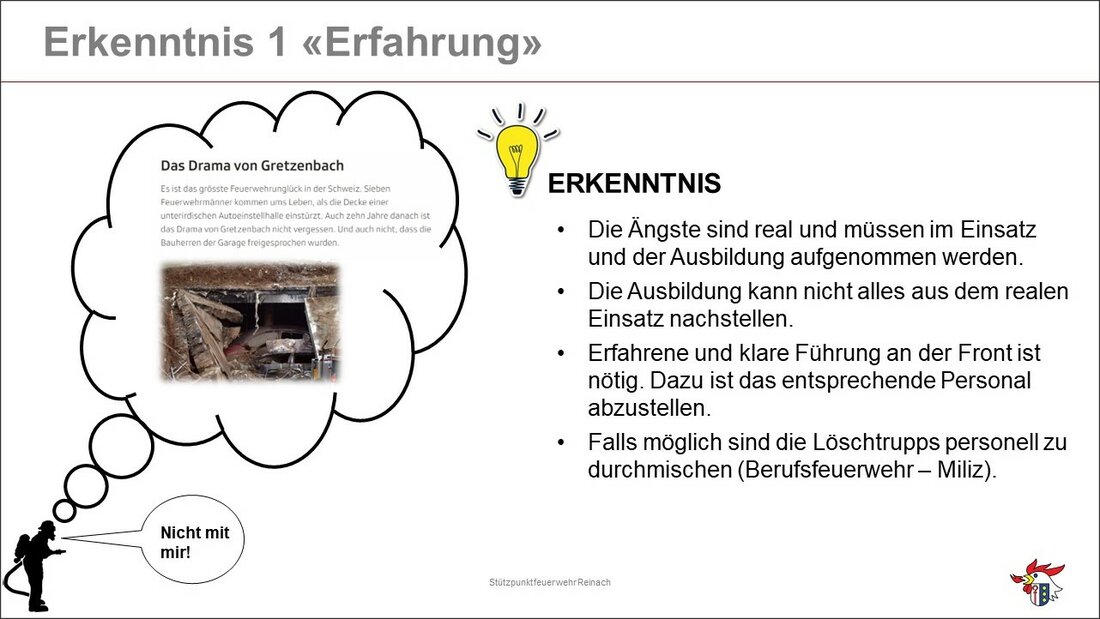
This situation scared the less experienced firefighters because they didn't know that the deafening noises came from bursting tyres. «Many also had the images of Gretzenbach in their minds, where seven firefighters died in an underground car park fire in 2004.» The incident command, therefore, decided to reorganise the firefighting teams. The members of the part-time fire service were supported by colleagues from the professional fire service of Basel, who were familiar with such situations and were therefore able to provide more confidence.
You can get lost within a few square metres
Andreas Gerber, it was impressive how difficult it was to find your way around the smoke-filled underground car park. «We learned that you can get lost in just a few square metres.» Using the own line to secure the return route has proven to be a good idea. Safety or guide rope lines were not used.
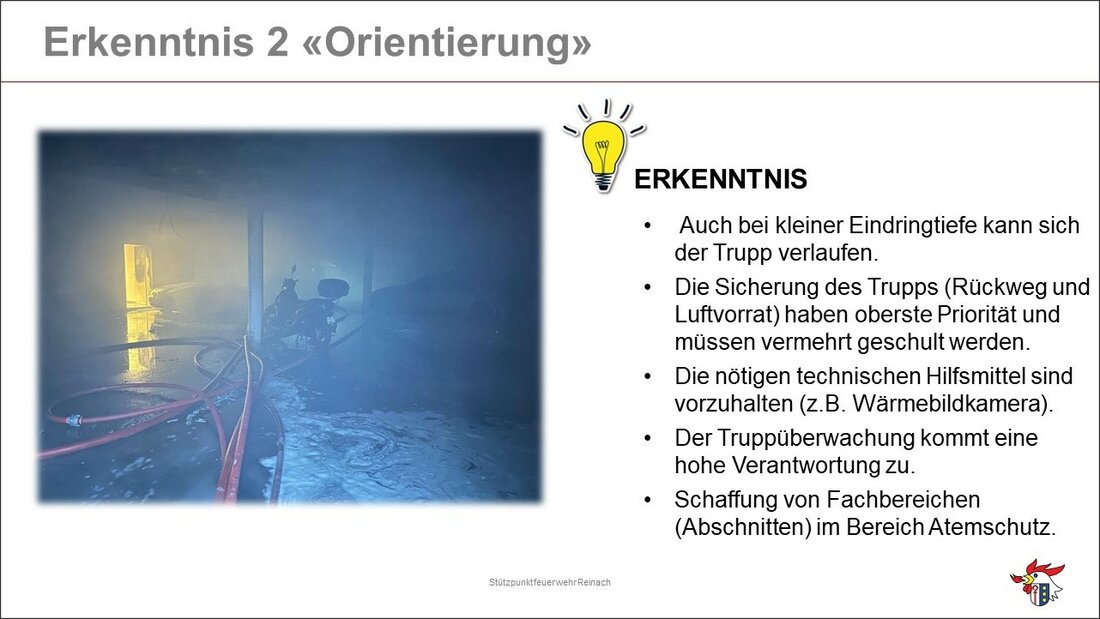
A simple management structure was enough
Although it was a challenging operation, a simple management structure was sufficient, according to Andreas Gerber. The usual procedures, such as problem identification, were used. Ultimately, according to Gerber, it was crucial to create sections in which officers could concentrate on their respective tasks. Intensive communication and coordination between the individual sections were required to maintain an overall view during the situation briefings.
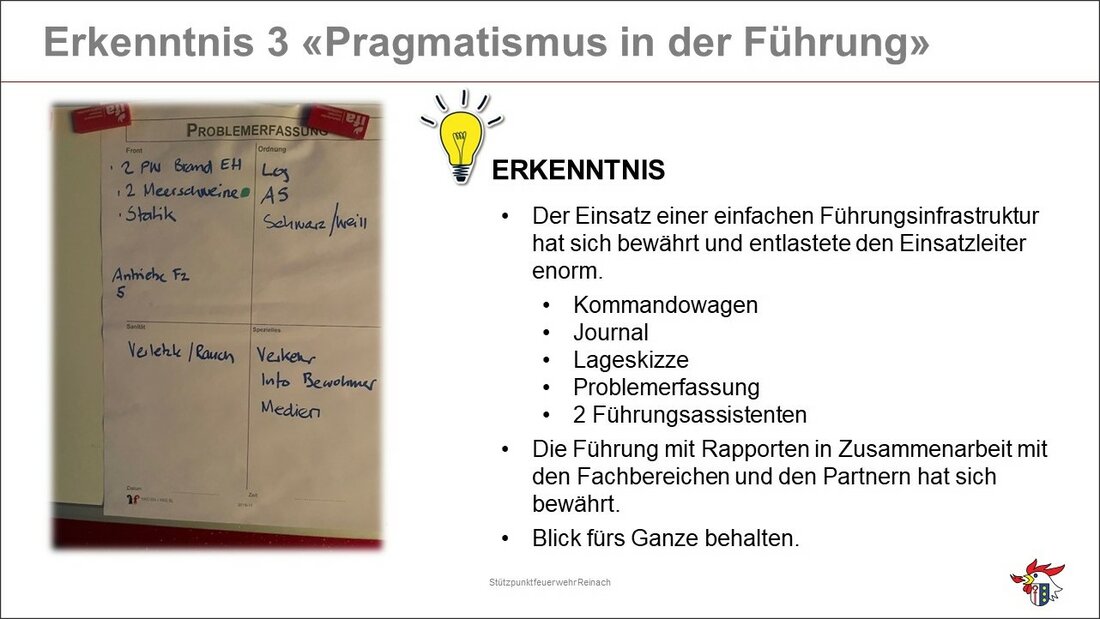
Suction alone did not bring sufficient effect
Using the large mobile fan in «suction mode» was initially unsuccessful because there was obviously not enough airflow through the openings in the underground car park. For this reason, additional small fans were positioned in front of these inlet openings, which quickly improved visibility and noticeably reduced the heat in the room with the fire. This change significantly improved the working conditions for the firefighters.

Situation information was initially inadequate
Particularly in the case of underground transport systems, important information is lacking in the initial phase because the facilities are more or less unclear. «For a long time, it was unclear,» summarised Andreas Gerber, «what was burning. After a vehicle fire was detected, it was still unclear whether one or more vehicles were on fire and what type of drive was involved.» Nevertheless - and this is also part of the training - decisions must be made, even if important information is still missing. For this reason, the incident command sought to «always have a plan B available as far as possible in case the measures taken did not have the desired effect».
